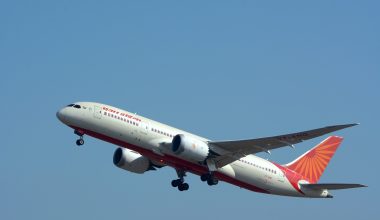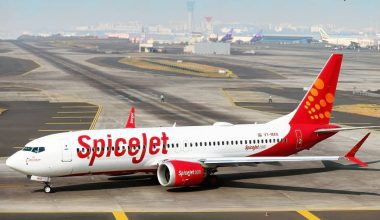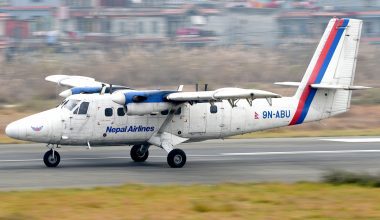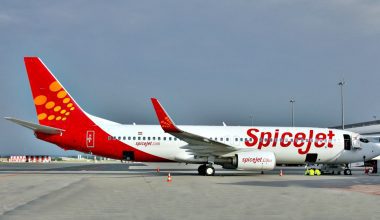On 14 June 2021, Turkmenistan Airlines received the world’s last Boeing 777-200LR. The world’s last Boeing 777-200LR passenger flight left from the Everett production line.
Turkmenistan Airlines’ wide-body fleet consists of three 777-200LRs (one is configured as a VIP government aircraft) delivered between 2010 and 2014. The airline then placed an unexpected order for another 777-200LR in 2019, which is now being delivered.

Turkmenistan Airlines currently operates two Boeing 777-200LR aircraft with a combined capacity of 291 passengers, comprising 28 business class seats and 263 economy class seats. Turkmenistan Airlines is the flag carrier of Turkmenistan.
The aircraft with the most extended range- Boeing 777-200 LR.
The Boeing 777-200LR is among the world’s longest-range airplanes, capable of flying up to 8,555 nautical miles (15,843 kilometers) simultaneously. This, too, outperforms Airbus A380 and Boeing 747 jets. Although operating ahead of its time and intended for spectacular journeys, the aircraft was not very successful economically. In an odd twist of fate, one of the reasons for this was revealed to be the extended range, which was supposed to be its primary selling feature.
Boeing’s 777-200LR was a longer-range variant of the 777-200. Boeing intended for the airplane to accommodate 301 people in three cabins. This included 16 first-class passengers, 58 business-class passengers, and 227 economy-class passengers. However, the aircraft may be configured to carry up to 440 passengers in a single-class, relatively high cabin layout.
As previously stated, the 777-200LR had a remarkable range of 8,555 nautical miles (15,843 kilometers), owing to features like its large fuel capacity. Additionally, the aircraft benefited from having just two engines compared to its competitor, the correspondingly Airbus A340-500. This resulted in the 777-200LR using significantly less fuel than its four-engine European rival.
Why did the Boeing 777-200LR fail?
By equipping the aircraft with more giant fuel tanks, the aircraft addressed the issue of long-haul international flights. This is in stark contradiction to the current approach, which emphasizes efficient engines and better aerodynamics. Larger fuel tanks increased the aircraft’s weight while increasing fuel prices increased the aircraft’s operating costs.
Airlines that used the type sometimes had difficulties initiating ultra-long-haul flights owing to the quantity of fuel needed. As a result, they often restricted the aircraft to shorter, less congested flights. Therefore, this was not an ideal option since aircraft such as the Airbus A330 and, subsequently, the Boeing 787 ‘Dreamliner’ were more affordable to operate on similar routes. Airlines that had not yet placed an order for the type saw this and became less likely to do so.
Then, with the development of the Boeing 787-9 and Airbus A350-1000, Boeing found itself with a white elephant project. Both of these aircraft have ranges similar to the Boeing 777-200LR but use much less fuel.
This meant that airlines interested in operating long-haul routes were better suited ordering an aircraft capable of filling medium-haul routes effectively as well. These airplanes achieve economy by prioritizing lower fuel use per seat above larger fuel tanks.






